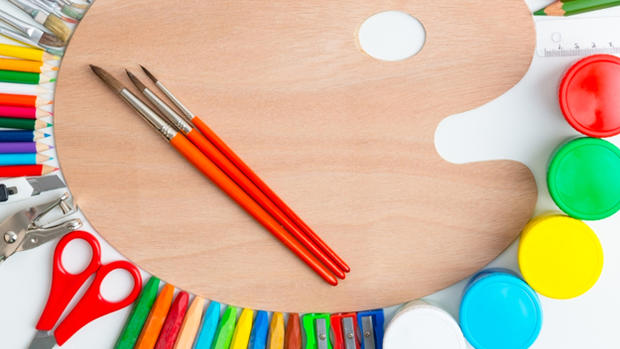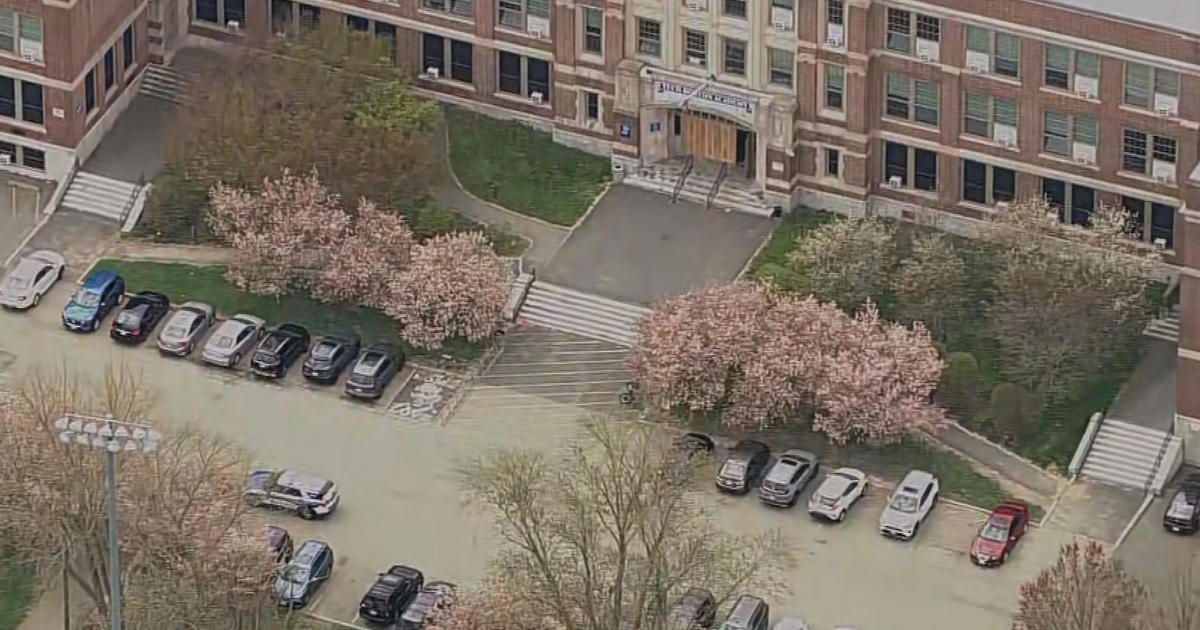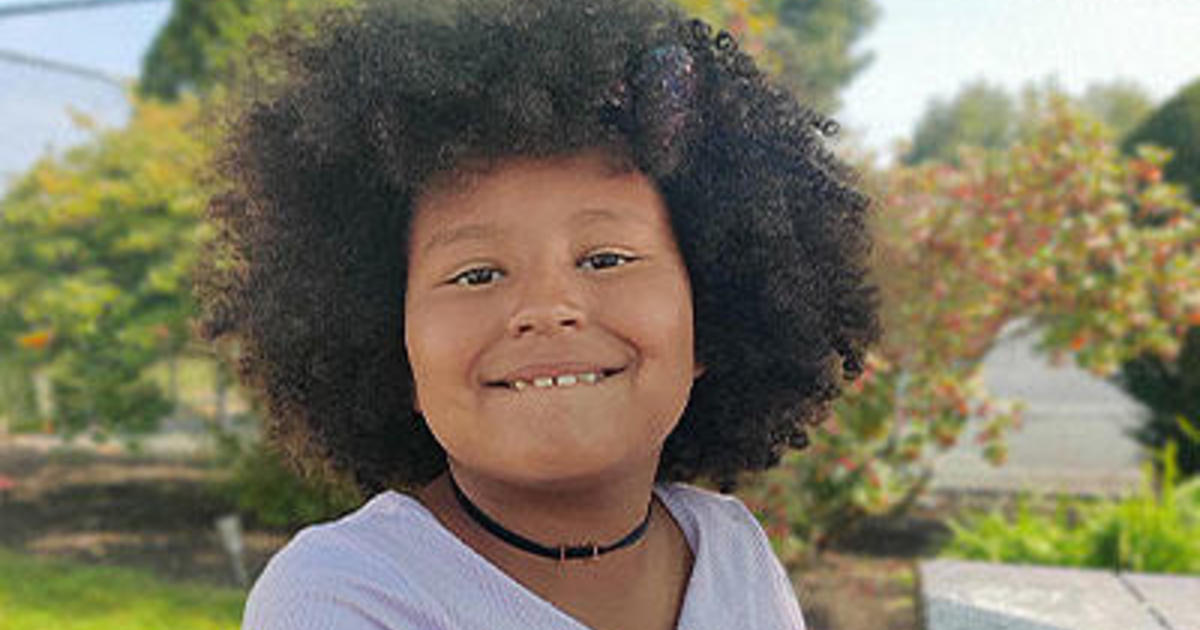Ask A Boston Expert: Easy Crafts To Do With Your Kids
Liz Vance
Muckykids Art Studio
1776 Massachusetts Ave.
Cambridge, MA 02140
(617) 354-0540
www.muckykids.com
Liz Vance, owner of Muckykids, offers up some great ideas and opinions for doing crafts with kids. Learn more about her business here.
Could you talk a bit about what you do at Muckykids, and what it does for children?
"I am the owner of Muckykids and, in founding it, I wanted to design an environment that allowed young children (15 months-10 years) free reign over their artistic process. I offer classes and drop-in studio hours, both of which have activities that are open-ended in nature. This means that the kids are presented with various supplies and can interpret how to use them in their own way. I also offer more traditional activities, such as printmaking, painting and bookmaking. When such activities are presented, techniques are demonstrated - but this is facilitated in a way that allows plenty of room for the kids' individual abilities and ideas, which are always amazing!!
Another mission of Muckykids is to provide plenty of nature and recycled items as supplies. I feel very strongly about kids seeing beauty and potential in the everyday 'supplies' that surround them."
Related: Top Arts & Crafts Classes And Activities For Kids In Boston
In your opinion, what is the easiest and most satisfying craft project to do with children?
"Printmaking is the probably the easiest and most satisfying art project to do with kids. Easiest, because there are so many things that can be used to print with - and the most satisfying because a print feels like a little gift when it is first revealed. Some specific printmaking activities include:
- For young toddlers, printing in play dough is fun, successful and includes sensory activity (an important component for toddler activity). Pat or roll out the dough and simply press objects into it!
- With any age, you can spread a thin layer of tempera paint on a shallow tray and use items such as different sized cups, the end of a paper towel tube, corks, foam pieces, finger tips, a sponge or the edge of a piece of cardboard to print with.
- If you don't feel like getting the paints out, inkpads are equally successful. Try to find inkpads that are big enough for larger sized items, or find pads that are raised so they can be rubbed onto the printing object. Potato printing works well with inkpads, too.
- Drawing into a styrofoam tray with a dull pencil is a great way to make a printing plate. With a brayer, apply a very thin coat of block printing ink, rub a piece of paper on top and gently peel the paper back to reveal the print. Wipe the printing plate clean and it can be used again for future projects."
Halloween is a very popular time to do crafts with children by making decorations, costumes and such. What is your favorite simple Halloween craft for kids?
"An easy and very practical Halloween activity is to decorate your own trick-or-treat bag. For younger children, using a small paper gift bag with handles works well. You can find gift bags in the birthday supply/gift wrap section of craft stores or, better yet, in your recycling. It's best if the paper is not glossy and is light in color. The supplies can be as simple as markers, stickers and rubber stamps.
For older children, the bags can be more sophisticated and take on the theme of their costume. This can be done on the paper gift bags, or an old tote bag turned inside out. Also, sewing a felt bag is fairly simple and all sorts of decorations can be attached with hot glue (with parents' permission, of course)."
Do you have any great arts and crafts ideas that are easy, but also teach the children something while they are at it?
"I feel that the artistic process is most always a learning experience. If activities are open-ended in nature, problem solving is an inherent feature. When presented with supplies, a child will have an idea. How to carry out the idea or to arrive at a particular vision can be a process filled with trial and error. Often, with younger children, there isn't even an end vision – the project unfolds and the results can be serendipitous and quite joyful. If a child owns the process as well as the end result, a confidence and sense of autonomy will emerge that can be carried over to other aspects of life.
More specifically, for younger children who are still developing eye-hand coordination and fine motor skills, simply embellishing a packing box with stickers and markers is great. Peeling the stickers and placing them can be an interesting challenge. Easy to peel stickers are best; office supply stores sell various types of easy-to-peel stickers for color coding that can be re-purposed as art supplies. This type of sticker is also great for color recognition. The box can then be a 'car' or a bed for a favorite stuffed animal.
Mixing science with art is great for all ages and always offers learning experiences. For example, sprinkle salt onto a wet watercolor painting and notice how the salt absorbs the water. When the painting is dry, notice that the salt has re-crystallized. Physical properties/chemistry can be discussed. I love making colored ice cubes (add food coloring to water in tray before freezing), putting them out to melt (on paper or on a baking sheet) and watching their colors mix. Predict how long the melting time will be and what colors will be made. Re-freeze and make predictions for that process, as well.
Folded paintings are a great lesson in symmetry: open a pre-folded piece of sturdy paper, paint on one or both sides, fold paper closed, rub with hand, open and observe results."
For parents who are looking for easy mediums to work with, that kids love, what would you suggest?
"Liquid watercolors are one of the easiest mediums to work with. They behave like traditional watercolor paints, but you don't need the extra step of dipping the paintbrush in water, which is helpful for toddlers. Liquid watercolors have high color saturation and are washable. Any art supply that is easy to clean up allows the parent to be more hands-off, which gives more room for creative exploration on the child's part."
If you were to come up with a kit that had all of the things that make crafting with kids easy and fun, what would be the four most important components?
"In my opinion, the four most important components in a crafting kit are: paper, string, tape and markers. (Add a good quality hole punch, a pair of scissors, a glue stick, decorative papers, craft wires, wood pieces, beads, stickers and you're all set!!)"
Shelly Barclay is a professional freelance writer and amateur author. She writes on a variety of topics from food to mysteries. She loves to share the culture and rich history of her birthplace and home, Boston, with the rest of the world. Her work can be found at Examiner.com.




